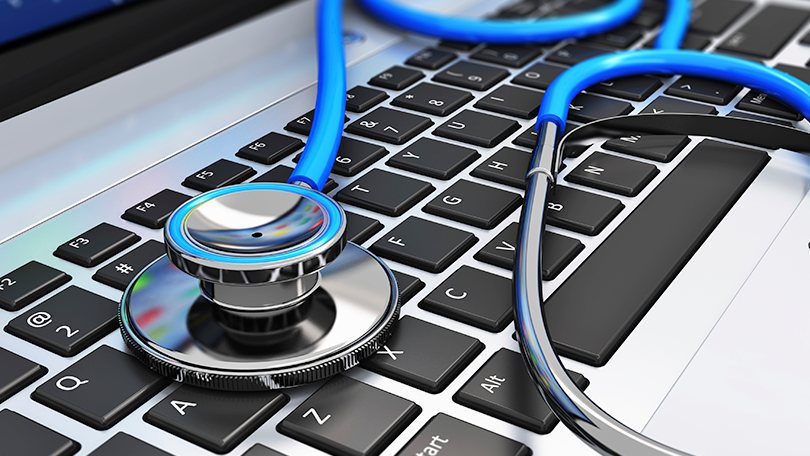If you have ever experienced having a software virus infect your computer, you’ll know how infuriating it can be. Sometimes it can be more then frustrating, sensitive personal or financial information can be compromised.
For a small business owner, software viruses can compromise sensitive company data as well as stop you or your employees’ productivity.
So what are the different types of software viruses and how can you secure yourself from them?
Malware
When people talk about a virus, what they are really about is malware. Malware stands for malicious software and encompasses viruses, worms, Trojans and everything else that could harm your computer.
Viruses
Viruses are a type of malware that copies itself by infecting other files on your computer, similar to how viruses work in nature with biological cells. Viruses rely on human beings to move these infected files around in order to spread but that does not mean viruses aren’t extremely dangerous. They can not only crash your computer but steal sensitive information too.
Worms
Worms, like viruses, can do a number of different harmful things once they infect your computer. Unlike viruses, they don’t rely on human action to spread. Worms can spread over computer networks by themselves.
Spyware
Spyware spies on the actions you take when you’re using your computer without you knowing it’s there. Primarily, spyware collects data from these actions. This can be an extreme issue for those who have critical or sensitive information, whether it’s personal or business related. Spyware is also a massive threat to financial security.
Adware
Adware is any type of software that displays ads on your computer. Malicious adware shows ads where it shouldn’t such as extra advertising when you’re using your web browser. Generally, advertising that is shown within programs that you download isn’t classed as adware.
Trojans
Trojan malicious software behaves a little differently than the malware we have already covered. Trojans are disguised as legitimate files. Once it is run Trojans allow third parties access to your computer. That’s why it’s called a Trojan!
We probably don’t need to point out how dangerous third parties having access to your computer is. How then are you going to keep yourself safe and secure from malicious software?
How to secure your computer
You can protect your computer from malicious software with a few simple steps.
Install an antivirus program
Antivirus programs help defend your computer against malware by scanning your email, operating system or files to make sure they are clear.
Use a pop up blocker
Pop ups which appear on the internet can contain malicious code. Using a pop up blocker will protect you from them.
Use a firewall
Firewall programs can help to alert you if suspicious activity occurs on your computer such as a worm or virus trying to connect to your computer.
Be careful with your email
Malware can be attached to email messages and spreads once they are opened. Make sure that you don’t open any suspicious looking emails.
Keep your Operating System updated
Operating system updates are released from time to time to specifically improve security by improving a number of parts of the system. Making sure that you keep your OS up to date will close possible security holes that malicious software can attack.
Keeping these basic steps in mind when using your computer can help keep you protected from malicious software attacks. There is always new malware being developed to work around the latest security software and there is always new security software being developed. It’s a never ending circle, the best thing that you can do is keep up to date and do as much as you can to be protected.




